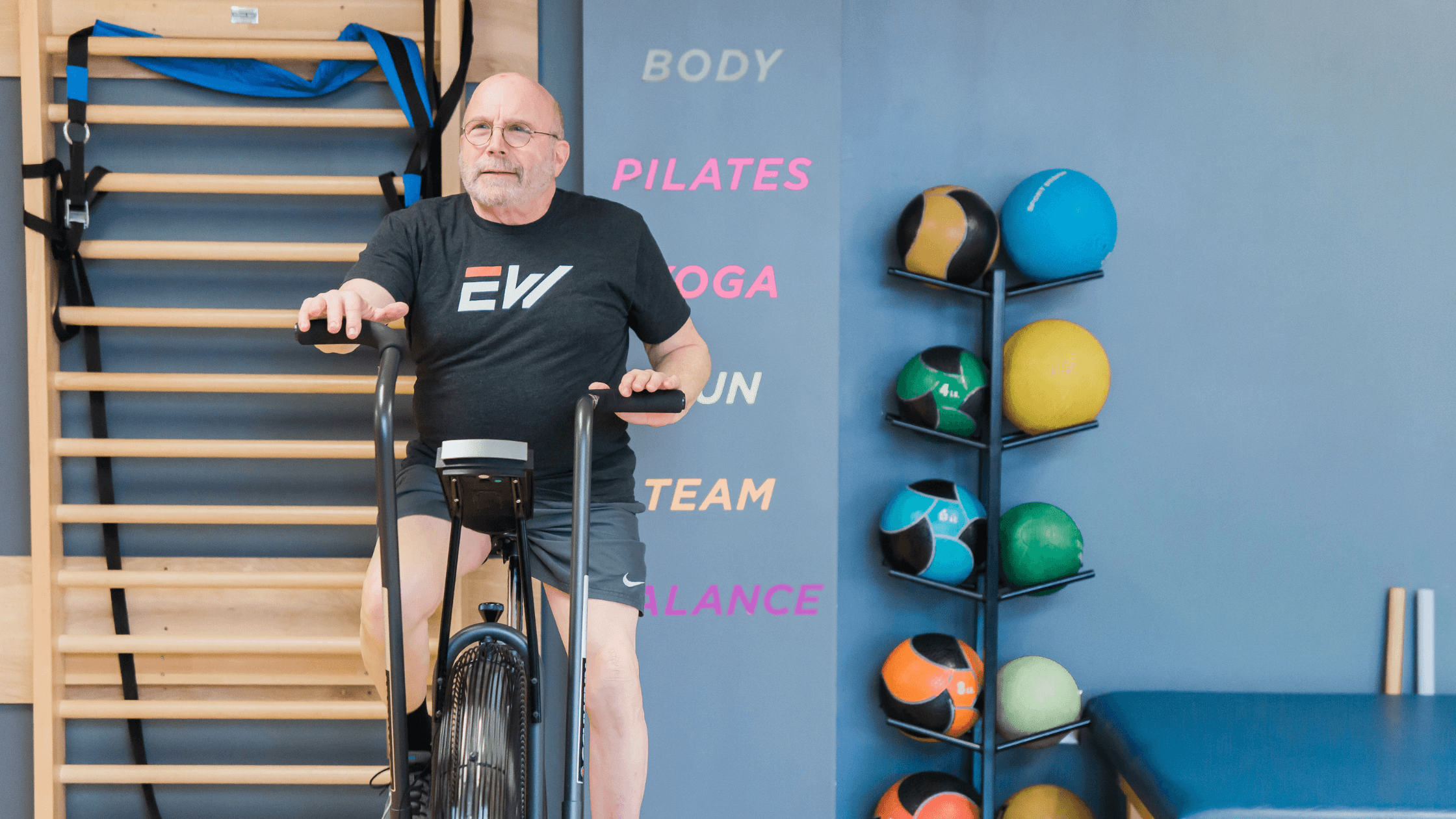Runner's Recovery Routine

PT, MSPT, Founding Partner
Rest is essential to any athlete’s routine, especially runners. If runners neglect to rest, they increase their injury risk and decrease their muscles’ ability to recover. Some runners may not rest as much as they need to, thinking that if they rest, they will slow their progress. On the contrary, runners who prioritize rest days tend to gain more progress over time.
If you are a runner who knows you need to recover but may not be sure how, you are not alone. Incorporating rest into your routine to perform better can seem counterintuitive, but in the end, it’s the missing piece to performing well and minimizing injury. At EW Motion Therapy, we help runners of any skill level reduce their injury risk by encouraging proper recovery. We also teach techniques to use on rest days to maintain muscle health. Even if you do not choose us to help with your journey, we still want to offer some advice on how you can prioritize rest in your routine while still working toward your goals.
This article discusses some tips on recovery methods to help you train better. With this information, you can train smarter and reduce your injury risk.
How should I recover?
On recovery days, it is important to maintain healthy habits. The most basic principle of a recovery day is that you should not run. I know that sounds crazy, but it allows those muscles to have a true break. Time spent away from an activity is a sure-fire way to allow your body to rebuild muscle tissue.
You should always prioritize a balanced diet, even on your rest days. Again, maintaining healthy habits is important, so do not spend your rest days eating only potato chips and ice cream. Drink plenty of water as well; active people must take in about an ounce of water per pound of their body weight to maintain proper hydration, so keep that in mind.
Sleep is also essential to proper recovery. Sleep is restorative, meaning that it is essential in rebuilding damaged tissue and reducing inflammation. Without a sleep schedule, you run the risk of putting yourself in an inflamed state which can increase your risk of injury. For adults, a good base level to shoot for is around seven to nine hours of good quality sleep, whatever works best for your body.
An ice bath can be a great way, albeit a shocking way, to help muscles recover. Ice baths are a common recovery method among the athletic community to control post-workout inflammation. Ice packs on sore areas can also be very helpful. Be careful, though, about using heat - if you have inflamed areas, heat can sometimes make the inflammation worse.
How can I continue to exercise?
Other essential elements on recovery days are the principles of active rest and cross-training. Again, you should not run on rest days, but in order to still stay active, you should focus on strength training or cross-training. These will give you a healthier body overall than if you just ran all the time. Try exercises that work your glutes and your hips, then try using a kettlebell for posterior muscles and core strength. Strength training can be especially beneficial for runners - stronger muscles run faster.
Now you know a bit more about how to rest and recover well on days that you don’t run. Once you find a recovery routine that works for you, you can continue to reduce your risk of running injuries like shin splints and IT band syndrome.
Our Run team at EW Motion Therapy works with runners every day who want to run better and decrease their injury risk. Rest should be incorporated into your routine, and the benefits of resting far outweigh any benefit from overtraining. If you would like more information on how our EW Run program can help you create a more sustainable routine, fill out our Request an Appointment form, and someone from our staff will contact you within 48 hours with your next steps.



